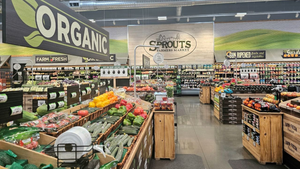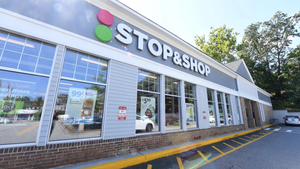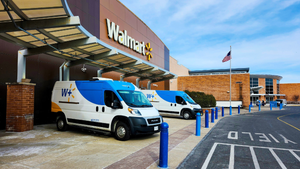Nine out of 10 shoppers say food costs will influence their voteNine out of 10 shoppers say food costs will influence their vote
Candidates with a clear plan to reduce grocery prices will get a boost at the polls

More than four out of five (83%) shoppers will vote for candidates who have a clear plan to reduce the price of food, according to a new survey from data analytics firm Grocery Doppio.
The survey of 1,201 shoppers in August revealed that they’re thinking about food costs in the voting booth this season, with nearly nine out of 10 (87%) shoppers saying the increase in food prices and its impact on their budgets is “a major factor in their voting decision.”
“Rising food prices have become a significant issue for voters, with a majority indicating that this factor heavily influences their voting decisions,” the report noted. “Many shoppers are inclined to support a presidential candidate who has a clear plan to reduce food costs, reflecting widespread concern over the impact of inflation on household budgets.”
The survey, conducted in partnership with Incisiv and Wynshop, noted that 59% of shoppers said that the economy has negatively impacted their grocery shopping habits, and 73% worry that inflation will rise, along with their grocery costs, after the presidential election.
“While shopper spending has been robust, we've seen increased credit card debt and balances, indicating ongoing financial strain,” the report added. “This lingering anxiety reflects a mixed feeling about the economy.”
Grocers are hopeful that interest rate cuts will help grocery sales. Sixty-eight percent of those surveyed believe lower rates will attract more shoppers. Grocers aren’t making any big moves yet, though, with 89% saying the anticipation of rate cuts hasn’t influenced their business strategy, and 94% saying it hasn’t made them reconsider or accelerate plans for capital investments.
Meanwhile, shoppers are also remaining cautious, according to the report. Forty-seven percent of respondents said they are more careful with their grocery spending than they were last year.
“The current economic climate has significantly strained shopping habits, with most shoppers feeling the pinch. Many have adjusted their spending behaviors, becoming more cautious and selective in their purchases (e.g., private brands, etc.),” the report noted. “In H1 2024, average basket sizes dropped by two-four items compared to H1 2023. This heightened financial prudence reflects broader concerns about rising costs and economic uncertainty, prompting shoppers to prioritize essential items and seek value-driven choices.”
Recipients of Supplemental Nutrition Assistance Program (SNAP) benefits have been hit particularly hard by the spike in food costs over the last few years. Nearly all (97%) SNAP recipients who responded in the survey said their current benefits are not enough to cover rising costs.
Ninety-one percent of SNAP recipients said losing their benefits would lead to food insecurity, and 79% are worried that changes in government policy will disrupt their SNAP benefits.
About the Author
You May Also Like


.webp?width=300&auto=webp&quality=80&disable=upscale)



